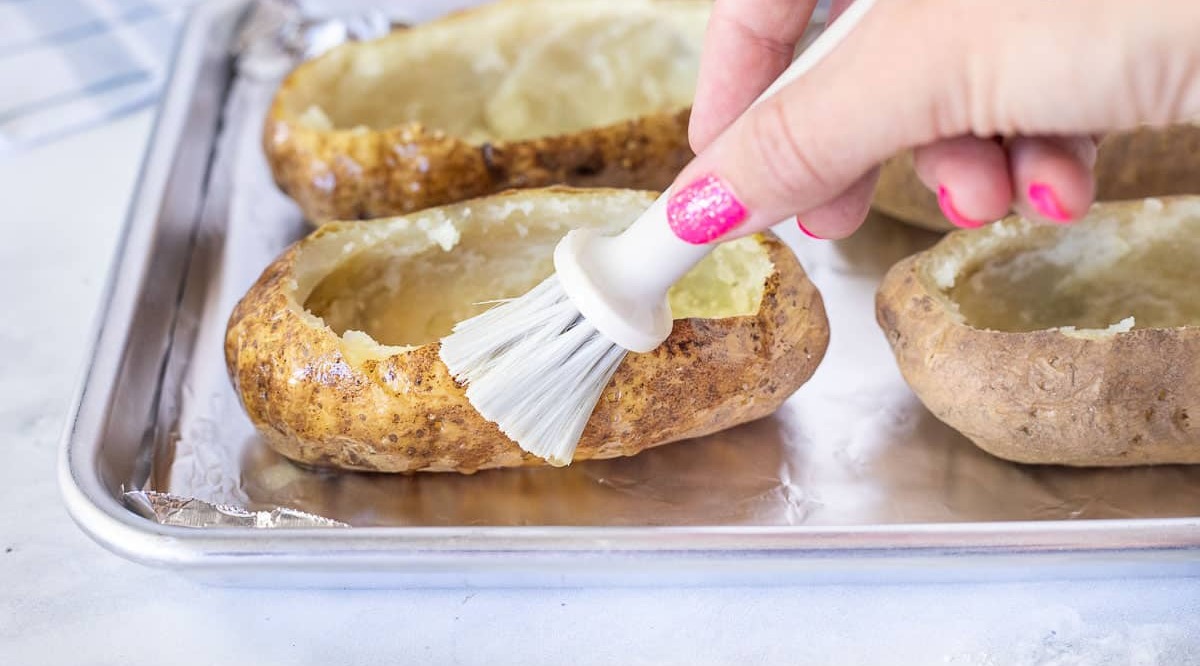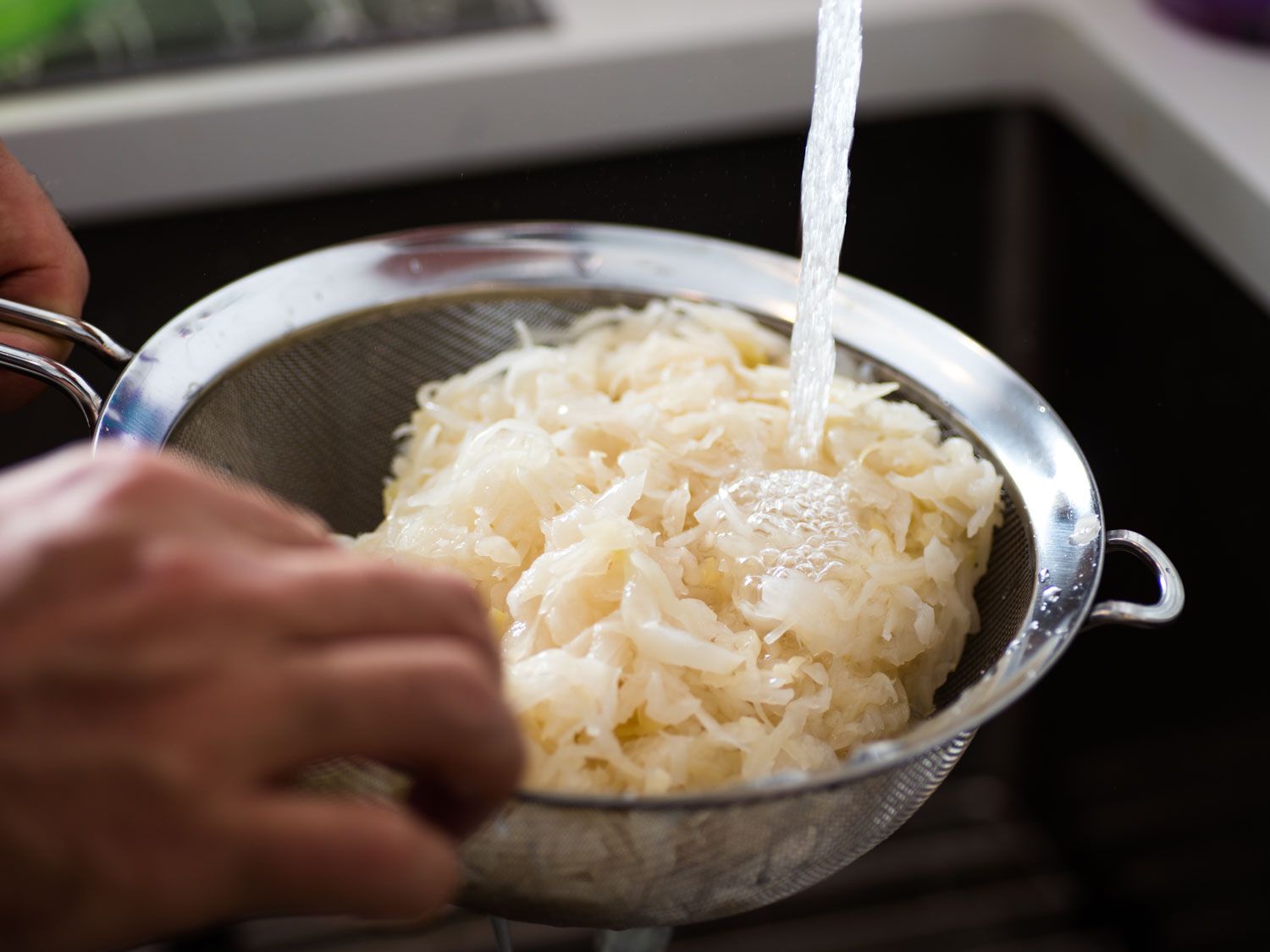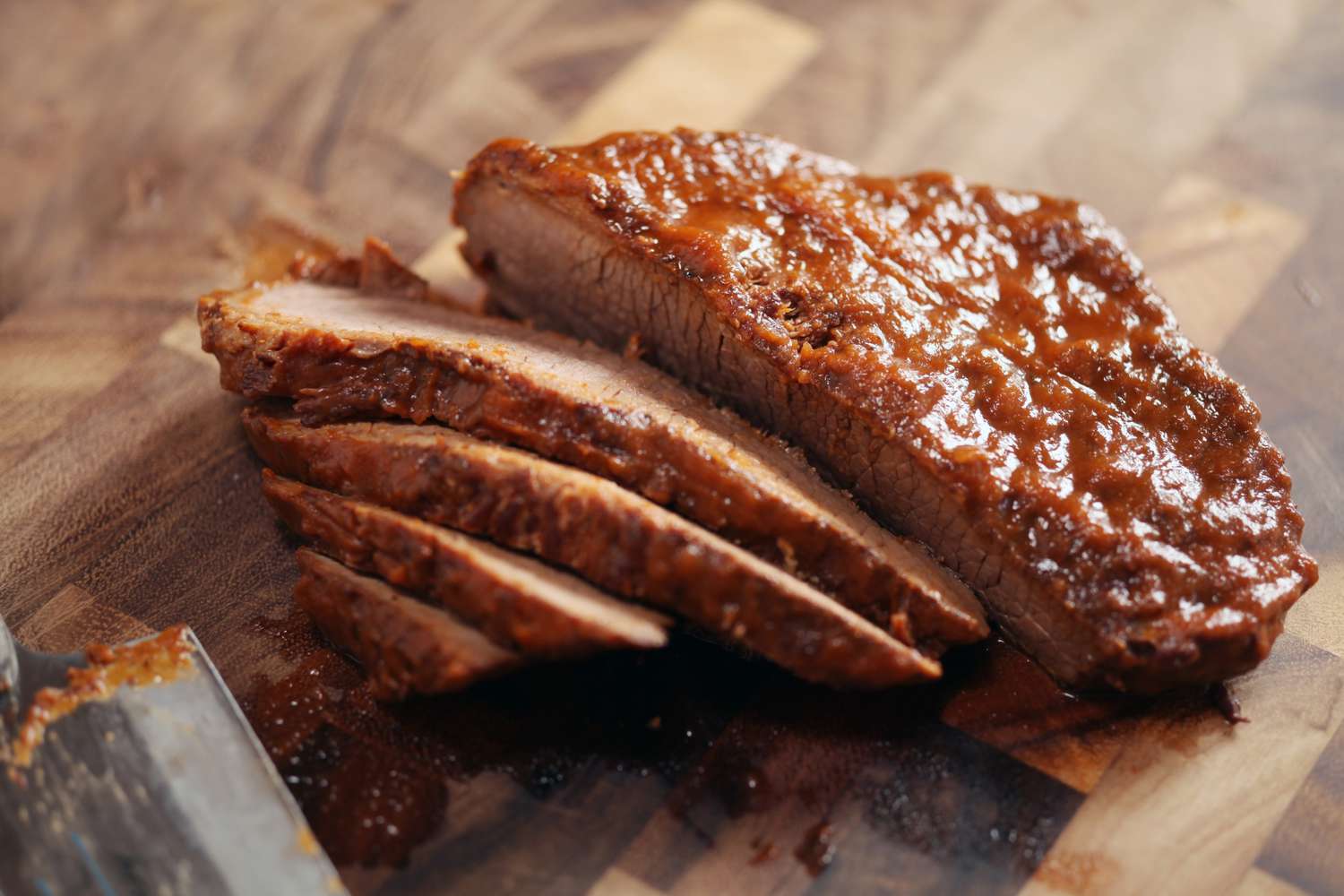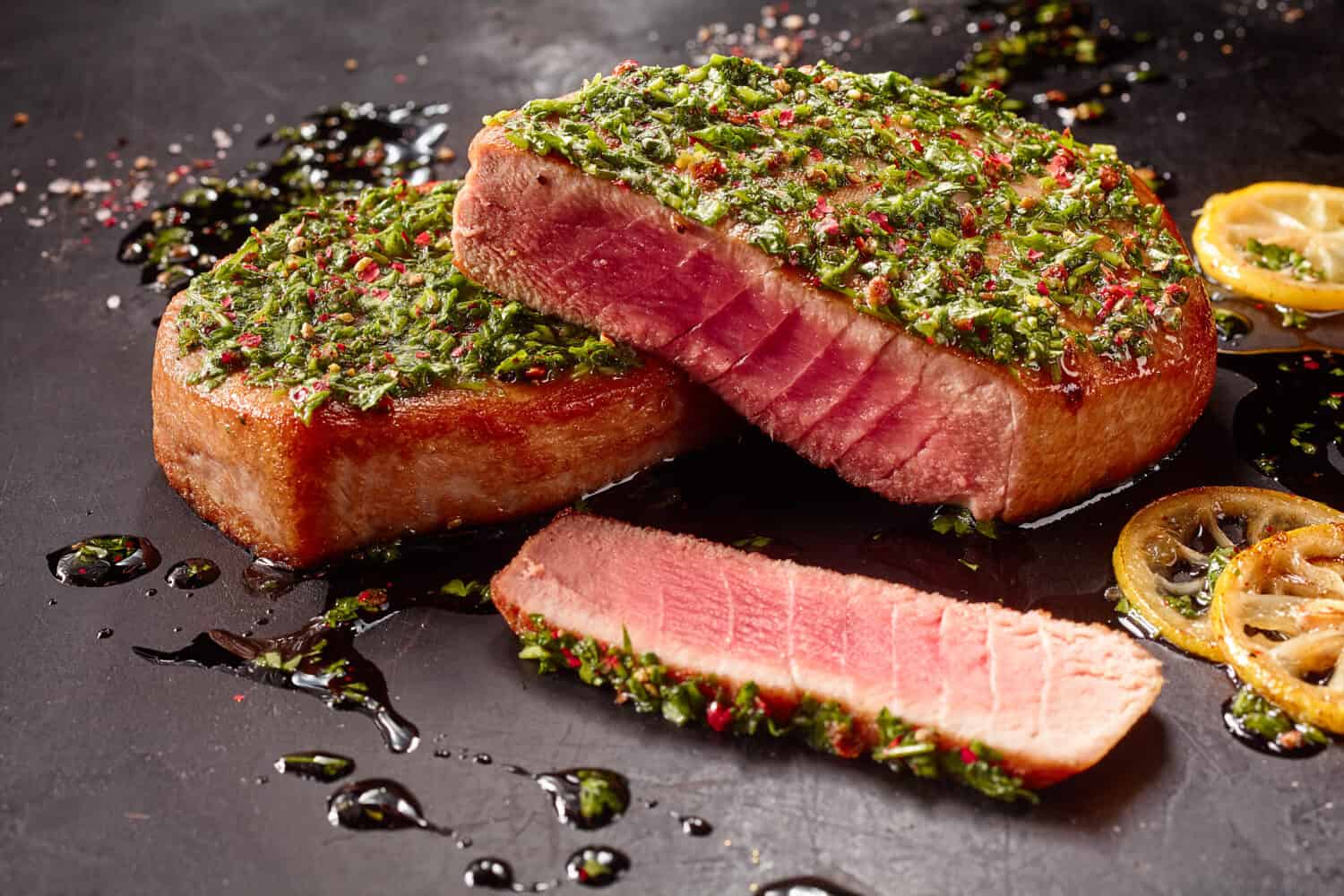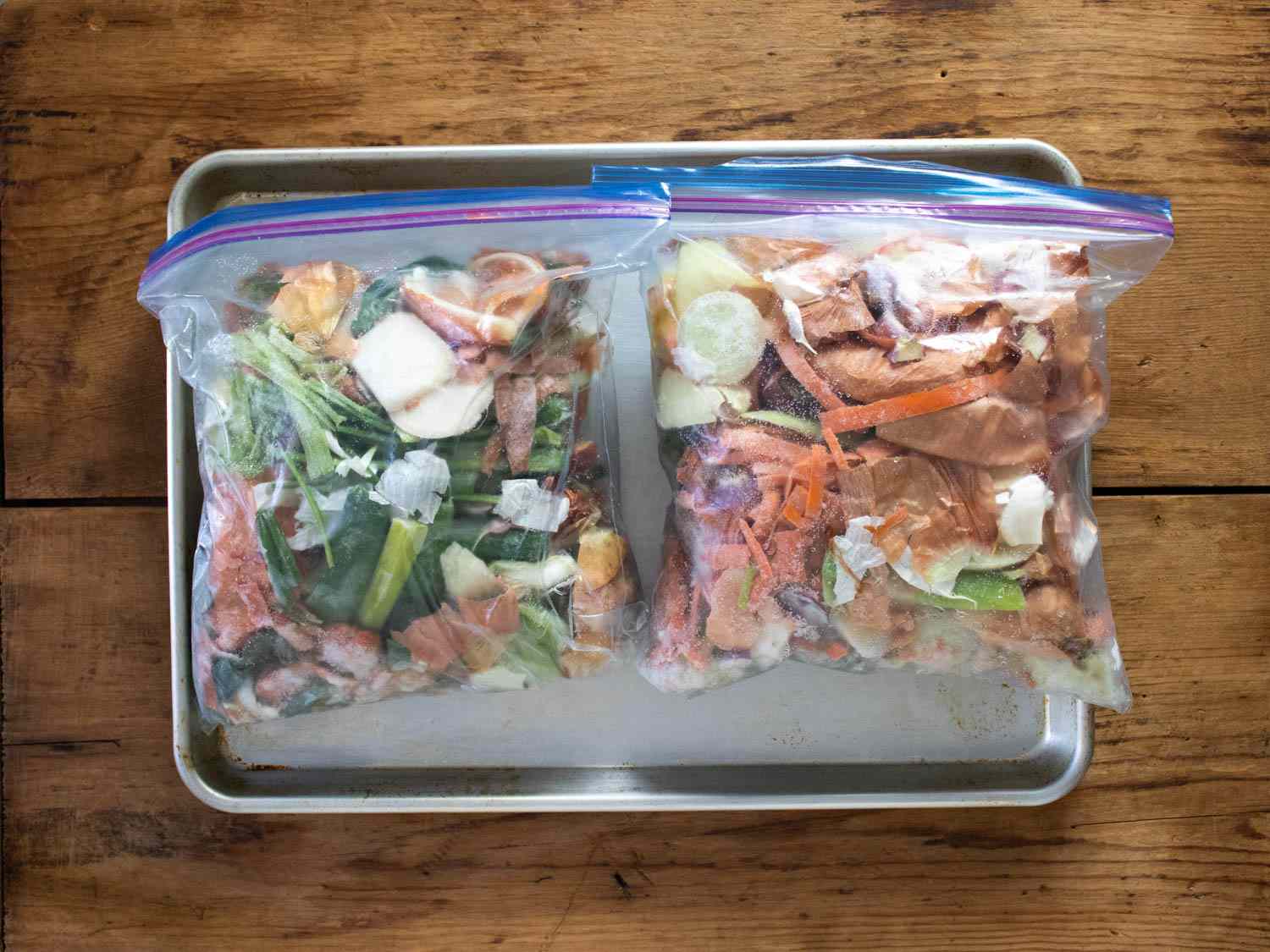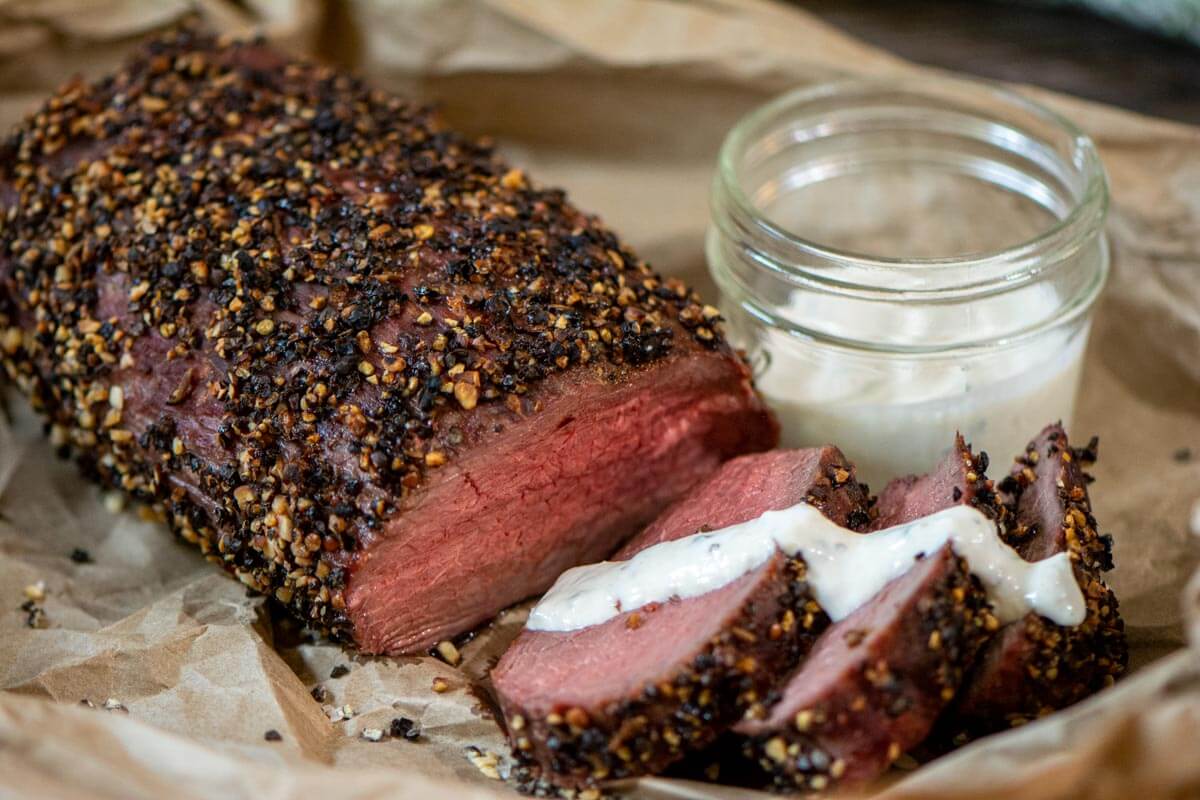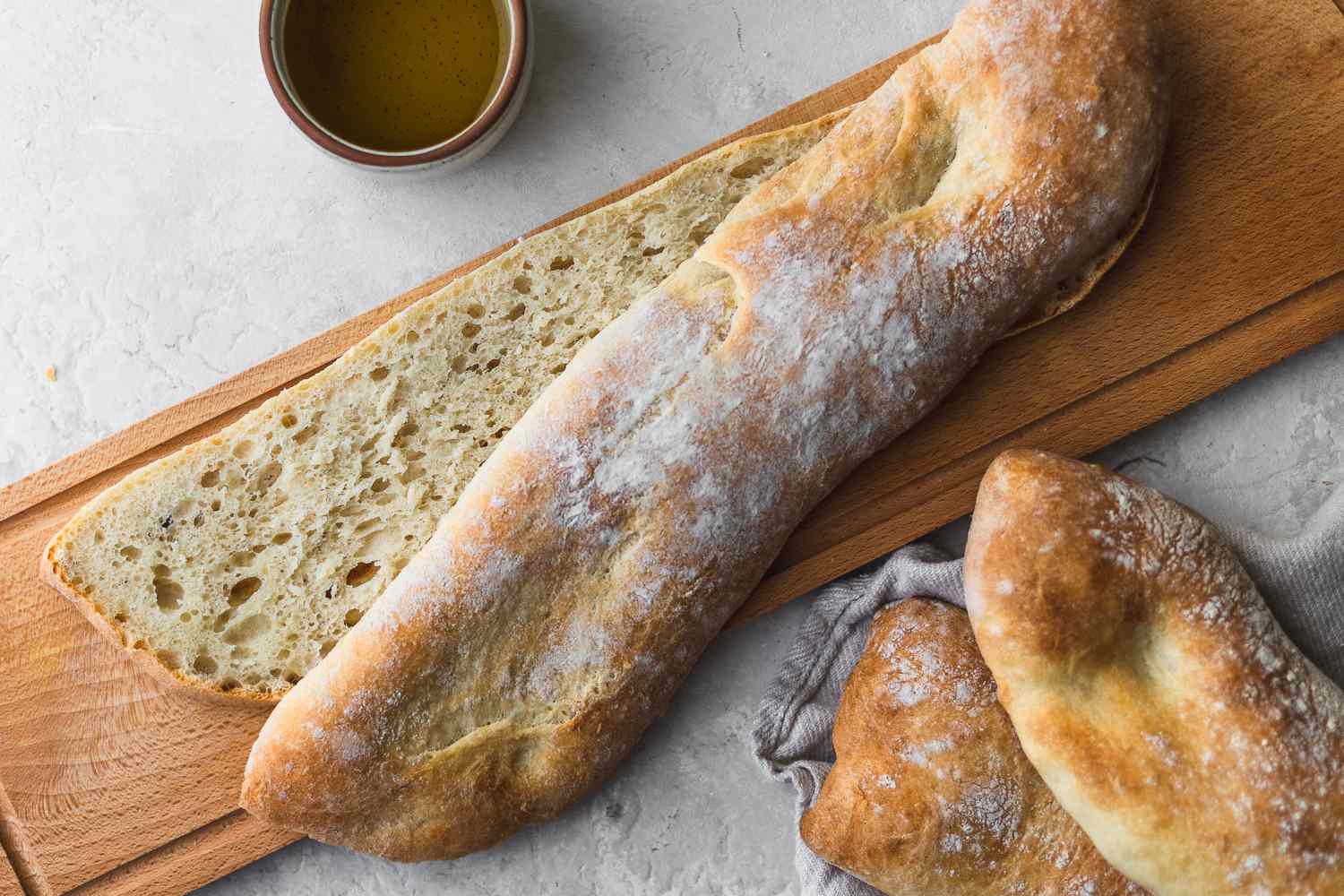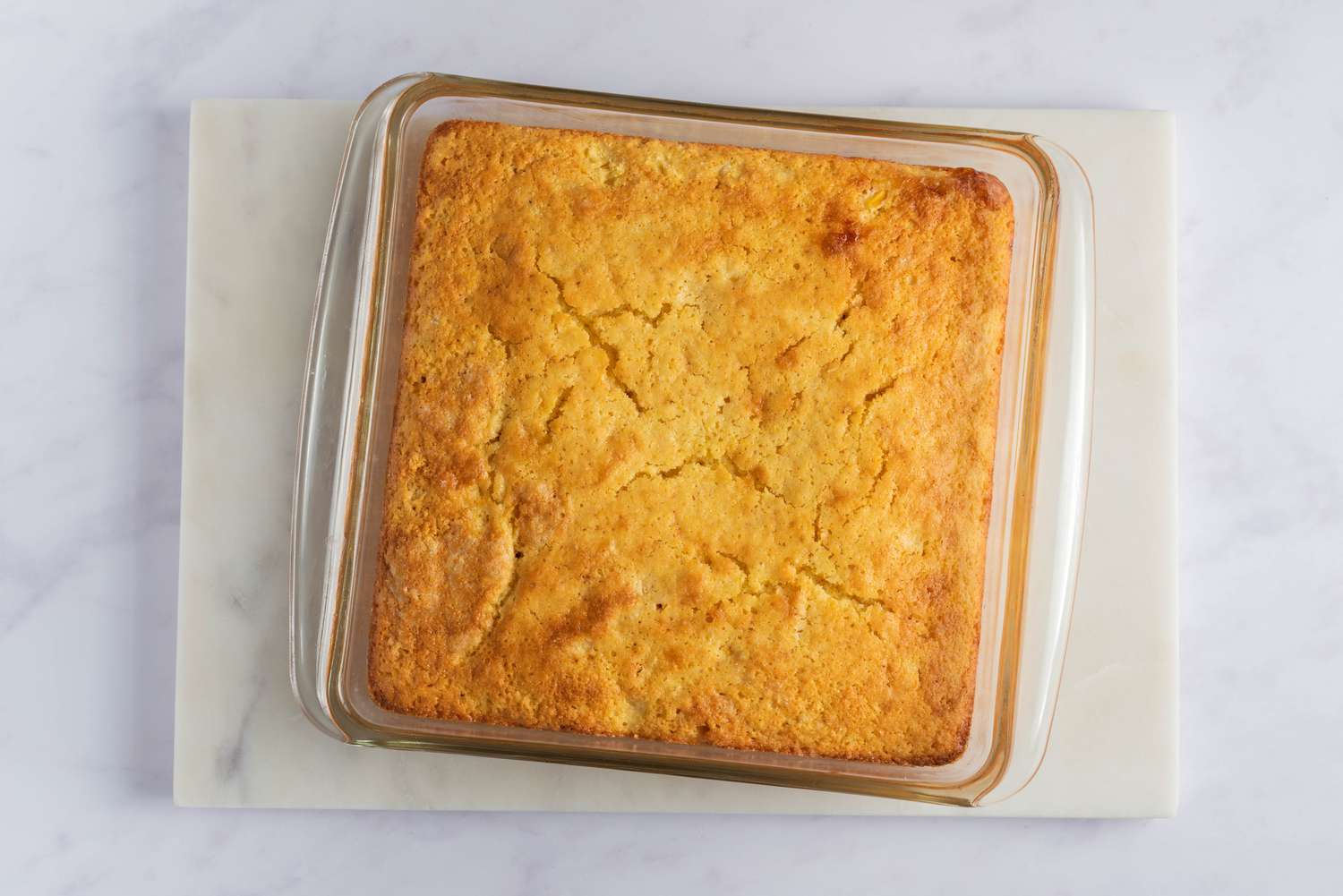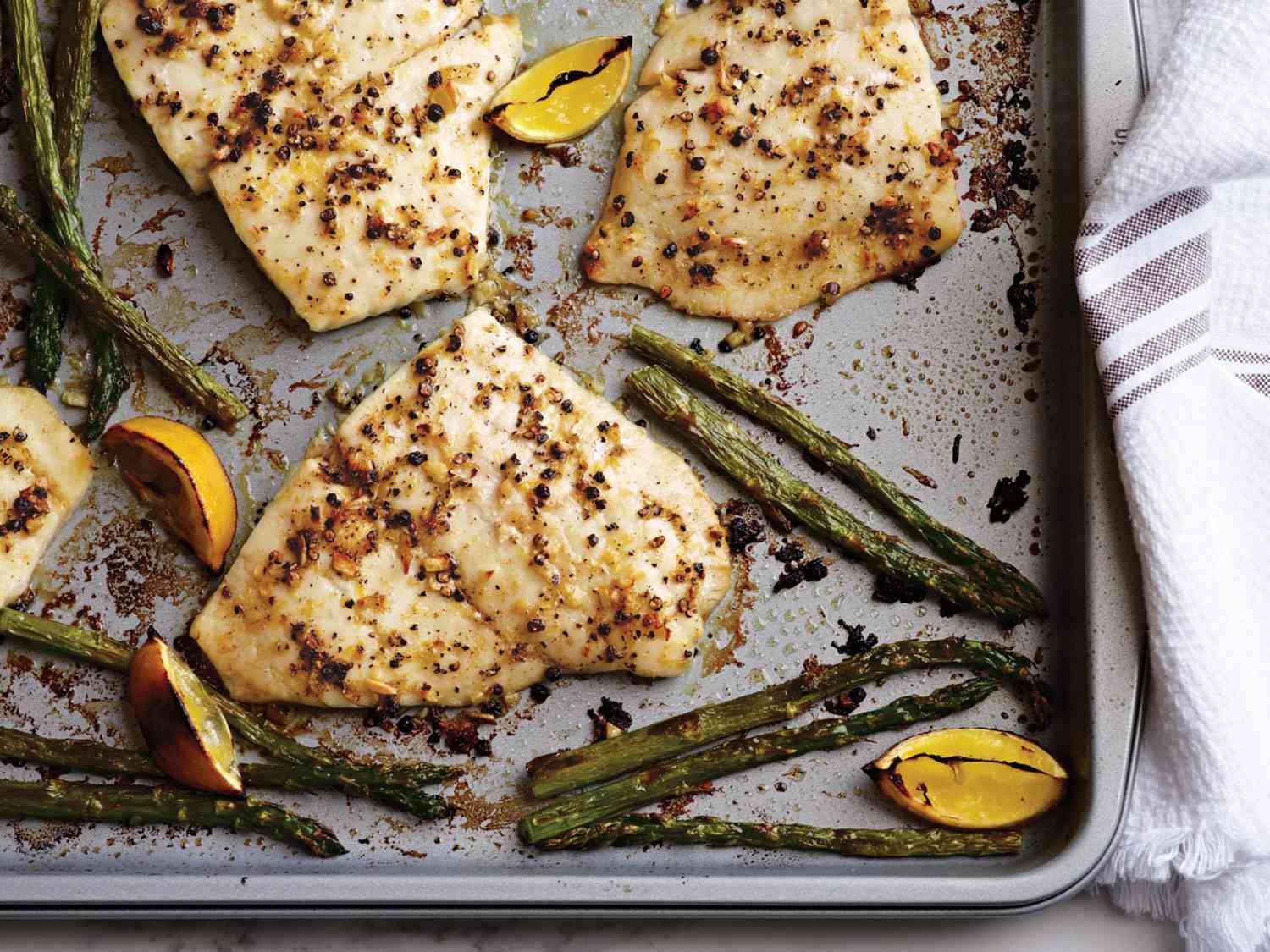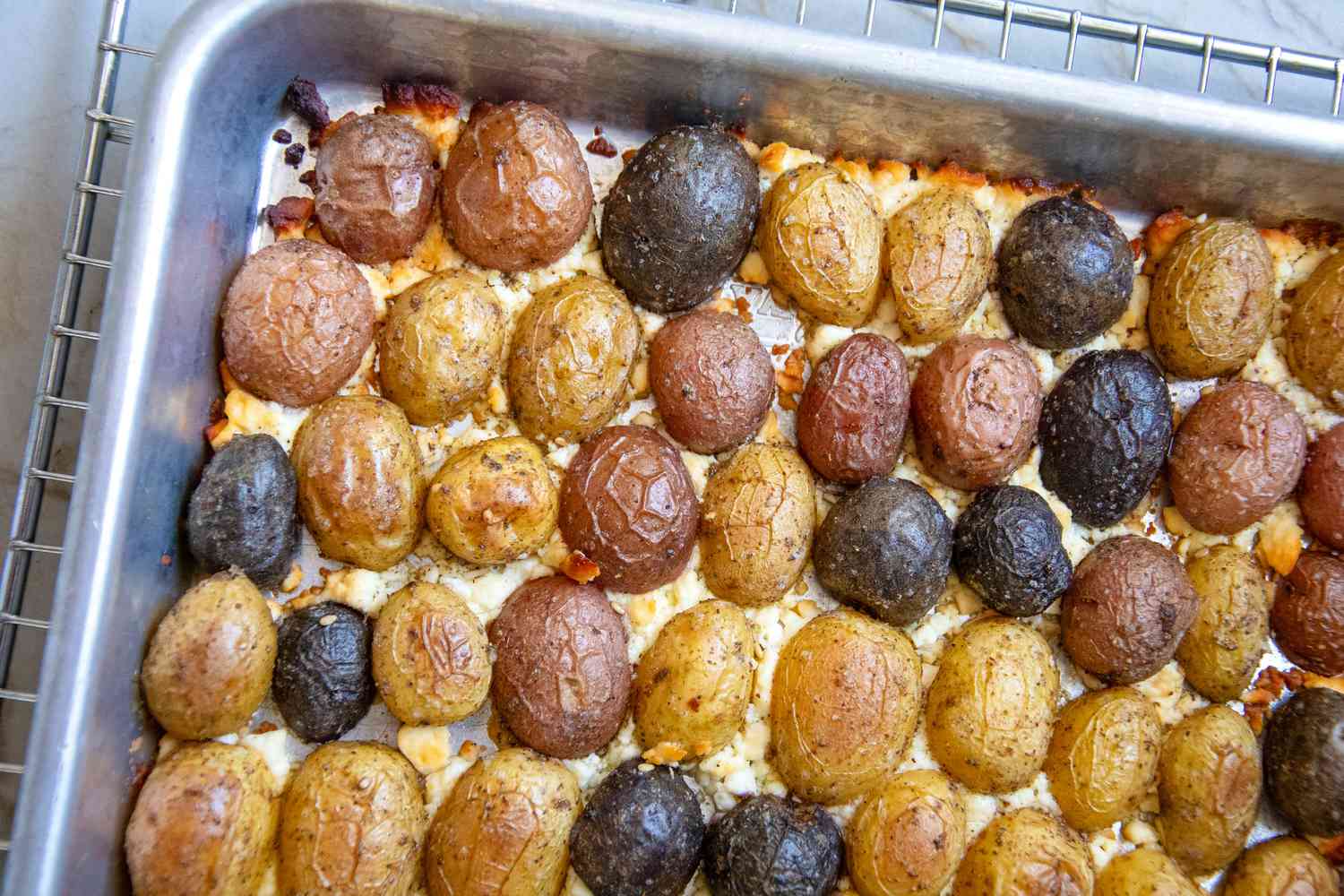Cookie Baking Basics: A Delicious Guide to Perfect Homemade Cookies
Who doesn’t love freshly baked cookies? Whether you’re a baking novice or an experienced home cook, mastering the art of cookie baking is a skill worth honing. In this article, we’ll take you through the cookie baking basics, so you can achieve perfect batches of delicious homemade cookies every time.
1. Choose your Cookie Recipe
Before you start baking, it’s important to choose the right cookie recipe. There are endless options to explore, from classic chocolate chip cookies to oatmeal raisin and snickerdoodles. Consider your preferences and any dietary restrictions, such as gluten-free or vegan options.
2. Gather your Ingredients
Once you’ve selected a recipe, gather all the necessary ingredients. Be sure to check your pantry to ensure you have enough flour, sugar, butter, eggs, and any other specific ingredients the recipe calls for. Fresh ingredients will always yield the best results, so avoid using expired products.
3. Measure with Precision
Accurate measurements are crucial when it comes to baking cookies. Use measuring cups and spoons to ensure you’re adding the right amount of each ingredient. If the recipe calls for softened butter, make sure it’s softened but not melted, as this can affect the cookie texture.
4. Don’t Forget to Preheat
Preheating your oven is an essential step to achieve perfectly baked cookies. Preheat your oven to the temperature specified in the recipe and allow it to reach the desired temperature before placing your cookies in the oven. This ensures even baking and helps your cookies maintain their shape.
5. Mix it Up
Follow the recipe instructions for mixing the ingredients. In most cases, you’ll start by creaming together the butter and sugar until light and fluffy. Then, gradually add in the eggs and vanilla extract. Finally, combine the dry ingredients until just incorporated. Overmixing can lead to tough cookies, so be careful.
6. Experiment with Flavors and Mix-ins
While the basic cookie dough is delicious on its own, don’t be afraid to get creative with flavors and mix-ins. Add chocolate chips, nuts, dried fruits, or even spices like cinnamon or nutmeg to elevate your cookies to the next level. This is a great opportunity to customize your cookies to suit your preferences.
7. Proper Scooping and Shaping
Use a cookie scooper or a tablespoon to portion out your dough onto a baking sheet lined with parchment paper. Ensure there is enough space between each cookie to allow for spreading during baking. For perfectly shaped and uniform cookies, consider rolling the dough into balls before placing them on the baking sheet.
8. Bake and Keep an Eye on the Oven
Pop your cookies into the preheated oven and set a timer according to the recipe. As every oven is different, it’s essential to monitor your cookies during the baking process. Look for a golden brown color around the edges, and a slightly soft center. Remember, cookies continue to bake slightly even after being removed from the oven, so avoid overbaking.
9. Allow them to Cool
Once baked, resist the temptation to immediately grab a cookie. Allow them to cool on the baking sheet for a few minutes before transferring them to a wire rack to cool completely. This will help the cookies set and prevent them from breaking apart.
10. Enjoy and Share
Finally, it’s time to enjoy the fruits of your labor! Pour yourself a glass of milk or a cup of coffee and savor the delicious homemade cookies. Share them with friends, family, or colleagues, as nothing spreads joy like a freshly baked treat made with love.
By following these cookie baking basics, you’ll become a cookie baking pro in no time. So, put on your apron, preheat that oven, and get ready to indulge in the sweet aroma and heavenly taste of homemade cookies!
Was this page helpful?
Read Next: Yeast Breads: Loafs, Pita, And Cinnamon Buns

